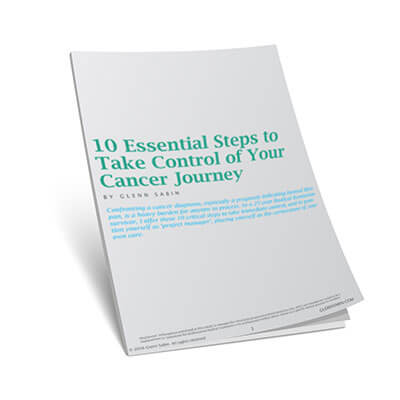Most folks don’t realize that both brown and white rice contain inorganic arsenic. And while it is understood that much of this exposure has a relatively short half-life, the question on researchers’ minds has been: ‘Can some, any, or all of that inorganic arsenic be removed?’
In an effort to investigate effective ways to remove as much inorganic arsenic as possible from rice, scientists at the University of Sheffield explored various ways to wash and cook the grains, and recorded the results.
What is Arsenic?
A naturally occurring metal found in the earth’s crust. Forms of arsenic include: metallic, organic arsenic, and inorganic arsenic.
The inorganic form is classified as a group 1 carcinogen, and can represent a significant exposure in the food chain.
How Does Arsenic Enter The Environment?
Arsenic occurs naturally in the soil—small amounts can be in the air carried by the wind, spread through volcanic eruptions, or leached into water by runoff. But by far the largest release of arsenic into the environment is through industrial processes and resultant products—smelting, burning coal, and pesticide use.
Brown Rice
Brown rice is created by removing the hull of the rice kernel. Inside is an unrefined and unpolished ‘whole’ grain—it retains its nutrient-dense bran and germ layer. These are the layers that are removed when creating white rice.
[See Glenn Sabin’s Anticancer Foods List]
Brown rice is nutrient-dense, with a medium glycemic index which indicates that the food will not produce a rapid spike in blood sugar. It is a good source of fiber, contains high levels of magnesium, and can help to prevent heart disease and stroke. Higher than white rice in B vitamins, including thiamine, niacin and B6, it is an excellent alternative to the processed, white version.
Preparing Cleaner Brown Rice
Brown rice contains between 50 and 80 percent more inorganic arsenic than white rice, because inorganic arsenic is contained within the bran/germ layer.
Of the most popular types of rice, white basmati contains the least amount of inorganic arsenic.
Consumer Reports previously tested levels of inorganic arsenic in branded packaged rice products, but many people, including me, purchase bulk organic brown rice. It is reasonable to assume that there will be arsenic in all brown rice, depending on soil treatment history and geographical location.
According to the University of Sheffield, The Winner Is…
The four ‘home friendly’ ways to reduce inorganic arsenic from three varieties of white rice and three varieties of brown rice included:
- Unwashed and absorbed
- Washed and absorbed
- Pre-soaked and absorbed
- Parboiled and absorbed
Parboiled and absorbed, as shown in the graphic below, was the clear winner. Importantly, this cooking process did not reduce the amount of micronutrients in the rice.
- Removes 54% of inorganic arsenic from brown rice without removing valuable nutrients
- (Also removes 73% of inorganic arsenic from white rice)
- Beneficial for infants and children to reduce margin of exposure
- Simple to do to achieve nutrient benefits
The process is as straightforward as the above illustration. Sure, it does add an additional 15 minutes or so to the cooking process, and you will need to experiment using varying amounts of water to reabsorb into the rice when returning it to the stovetop ‘post inorganic arsenic drain’. But once you nail the perfect finished product you will enjoy more nutritious brown rice, and ingest a lot less cumulative carcinogens. And that’s always a good thing.
Want to geek out with the full published paper and learn more about the study design and results for each washing, rinsing and cooking method? It’s available open access right here: Improved Rice Cooking Approach to Maximize Arsenic Removal while Preserving Nutrient Elements
Join my private Facebook Group Anticancer Thrivers—a community forum for achieving your best life while living with cancer.
Photo credit: bigstock.com/Rakesh_Picholiya



